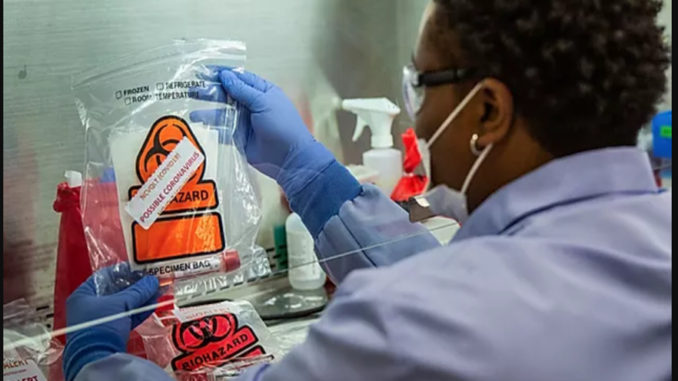

“COVID-19 is a White man’s disease. It doesn’t seem to infect Black people,” said Jane, a community leader in New Haven, Conn., who had come to the U.S. as a refugee from Africa many years ago. Jane addressed my team of health services researchers and members of the local immigrant community to improve communication between medical doctors and refugee patients.
Our team meets regularly to develop plans that address health literacy, discrimination and cultural competency.
“And who gets to be tested? Who gets to be treated?” Jane recently asked our team.
“There is something that they aren’t telling us,” she concluded.
She’s right.
The federal government has failed to report publicly which groups in our communities have received access to COVID-19 testing and treatment. This lack of transparency leaves our communities vulnerable to disinformation and confusion.
Jane’s concerns are grounded in distrust of the U.S. health care system. People of color have long suffered disparities in the way they access and receive healthcare services compared to White people.
Eliminating this unequal treatment has been a national health priority for years. I fear that the federal government’s inadequate public reporting of COVID-19 will make the situation much worse.
The Centers for Disease Control and Prevention is tasked with hosting the nation’s public-facing COVID-19 dashboard. But this online tool reports only three outcome metrics: Total Cases; Total Deaths; States Reporting Cases.
So, are White men accessing COVID-19 screening more than others?
How about families who speak a language other than English?
Or those who suffer from a disabling condition?
We don’t know.
But federal and state governments can make minor adjustments to their current public reporting on COVID-19 to help identify health disparities.
The CDC should expand its dashboard, and publicly report metrics using demographic categories like sex, race, ethnicity, primary language and disability status. Doing so would help public health experts better understand how resources are being distributed. This information would then help inform strategies to ensure that all Americans, especially marginalized groups like Blacks and Latinos, can access these resources in a fair way.
To be sure, making these adjustments would add administrative burden to professionals at the front lines.
But communicating accurate information in times of disease outbreaks is supposed to be a strength of our nation’s public health system.
The National Health Security Preparedness Index determines U.S. readiness for managing public health emergencies and disease outbreaks. Last year, the U.S. scored highest in our nation’s ability to effectively deploy resources and information to protect the health of communities in need. Living up to this standard is in the interest of all Americans.
Public reporting and communicating information shouldn’t be difficult.
My friends like Jane are living in fear of being excluded from medical testing, from treatments being withheld, from information being hidden. Transparency can help build trust between the health system and all Americans living with uncertainty.
If we don’t take public reporting seriously, we risk harming our communities, causing more confusion in our neighborhoods, and worsening health disparities.
— Leo Lopez III, MD is a fellow at the National Clinician Scholars Program at the Yale University School of Medicine.
https://www.thecrisismagazine.com/single-post/2020/03/19/Are-White-Men-Accessing-COVID-19-Screening-More-Than-Others

Be the first to comment